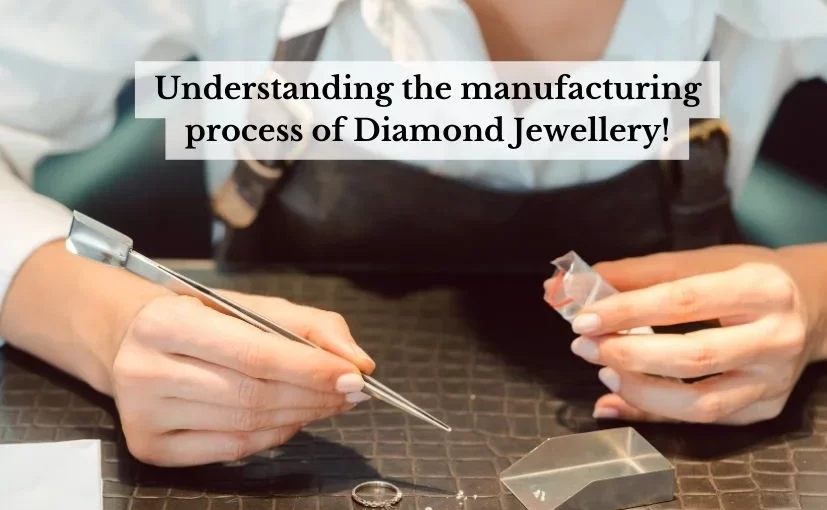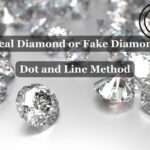
Manufacturing diamond jewelry involves several steps, from sourcing and cutting the diamonds to designing and crafting the final piece.
Here’s a simplified overview of the process
Diamond Sourcing

Diamond sourcing refers to the meticulous process of locating, extracting, and procuring these precious gemstones from deep within the Earth’s crust. This journey begins with exploration and geological surveys to identify potential diamond-bearing deposits. Once discovered, mining operations range from traditional methods, like open-pit mining, to more eco-conscious approaches such as underground mining and marine mining. Following extraction, diamonds undergo rigorous sorting, cutting, and polishing procedures to unveil their exquisite brilliance. Ethical sourcing and sustainability have gained prominence in recent years, prompting the industry to focus on responsible mining practices and traceability to ensure that diamonds are not only symbols of beauty but also symbols of ethical and environmental responsibility.
Diamond Cutting and Polishing

Once the rough diamonds are acquired, skilled diamond cutters and polishers carefully shape and facet them to enhance their brilliance. The diamonds are cut into various shapes, such as round, princess, emerald, or custom cuts, depending on the design specifications.
Design Creation

Jewelry designers work on creating unique designs for the jewelry pieces. These designs take into account the type and arrangement of diamonds, the choice of metal (e.g., gold, platinum), and any additional gemstones or embellishments.
Metal Casting

The chosen metal is melted and cast into the desired jewelry shape, such as a ring, necklace, or earring setting. This can be done using traditional methods or modern CAD (Computer-Aided Design) and CAM (Computer-Aided Manufacturing) technologies.
Setting the Diamonds

Skilled artisans set the cut and polished diamonds into the metal settings using various techniques like prong setting, bezel setting, pave setting, or channel setting. The goal is to secure the diamonds while allowing them to catch and reflect light.
Finishing and Polishing

The jewelry piece goes through a finishing process, where any rough edges are smoothed, and the entire piece is polished to a high shine.
Quality Control and Inspection

Each piece of jewelry undergoes a thorough quality control check to ensure that all diamonds are securely set, and the piece meets the design specifications and quality standards.
Gemstone Grading and Certification
If the jewelry piece includes gemstones other than diamonds, they are graded and certified for quality and authenticity. This may involve sending the piece to a gemological laboratory for certification.
Final Inspection and Packaging: The finished jewelry is inspected one final time to ensure it meets all quality standards. It is then carefully packaged for sale, often in a jewelry box or pouch.
To Concluding
Manufacturing diamond jewelry is a skilled and intricate process that combines the art of design with the precision of gem cutting and setting. It requires the expertise of various professionals, including diamond cutters, jewelry designers, goldsmiths, and quality control inspectors, to create beautiful and valuable pieces that customers can enjoy for years to come.
Please find us on Instagram at Shankaramjewellers





